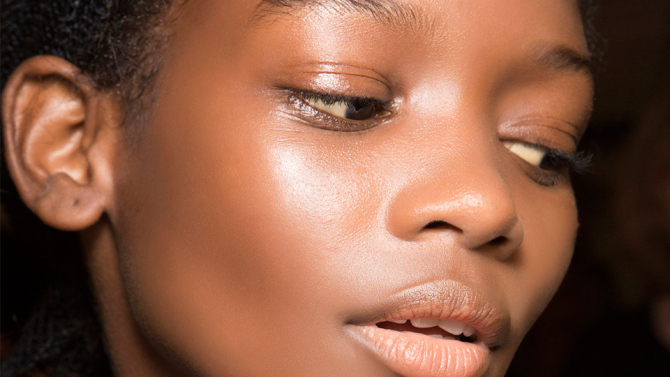Being that they are all-natural, we tend to view face oils as this foolproof skincare product. I mean, it would be pretty hard to mess up the application process, right? As it turns out, there are more face oil mistakes than meets the eye and the solutions are thankfully, super easy to execute.
First of all, if a great oil isn’t a part of your regular routine, then you’re seriously missing out—but if the reason you haven’t been using one is that it’s just not doing what you expected, then we might be able to help. (And no, it’s not just because you have oily skin.) These all-too-common snafus could be exactly what’s standing in between you and glowy, perfectly hydrated skin. Give these tweaks a try before you cast that fancy oil aside.
You’re not using the right one for you.
Not all oils are alike, so taking a peek at the list of ingredients is definitely a good idea—quality is key. “You want natural oils like floral, berry, and nut extracts, which are synergistic with the skin and work to address many different skin types and issues,” says Sarah Kugelman, founder and president of skyn ICELAND. “Not synthetic oils, like mineral oil.” Far too many oil formulations have those undesirable synthetics hidden in them—just because it says it’s an argan oil treatment on the package doesn’t necessarily mean it’s pure.
Beyond that, while oily and acne-prone skin types can get away with using facial oils, there are still varieties that may be too heavy or pore-clogging. Argan, jojoba, tea tree, evening primrose, and almond oils are some of our favorite picks for skin that’s easily broken out.
ImaxTree.
You’re applying your products in the wrong order.
OK, so there are dissenting opinions on this one. Some say to apply oil before moisturizer, so that it absorbs right into your skin before you slather on more hydration, while others say to apply it after your moisturizer, so that the occlusive (that means it locks in moisture) layer of oil seals in everything you’ve applied beneath it, like your serum and cream.
Figure out what works for you, but we find that for skin types that produce more natural oil, it’s best to apply oil to dry skin first and allow it to sink in, whereas dry complexions may be better suited to using moisturizer, then oil.
You’re not applying it correctly.
“Rubbing” any product into your skin is ill-advised—not only does this approach pull at the skin, but the product won’t get a chance to sink in and fully absorb the way that it should. This is especially true of oil, which is only effective when the skin is really able to drink it up. The best way to apply it is by first warming a few drops of oil between your hands before gently pressing it onto your face until it absorbs. ”
Sometimes,” says Kugelman, “I literally hold my hands for a few seconds on my face, as the heat helps the oil to ‘melt’ and absorb more deeply into the skin.” Try it—it feels great.

